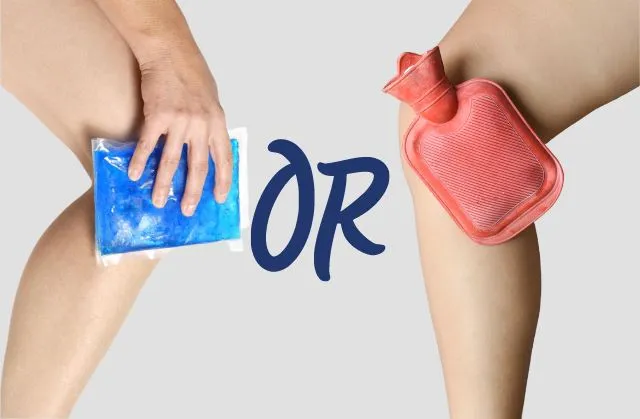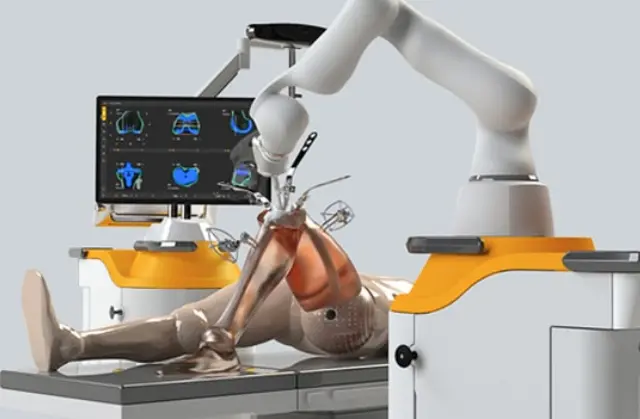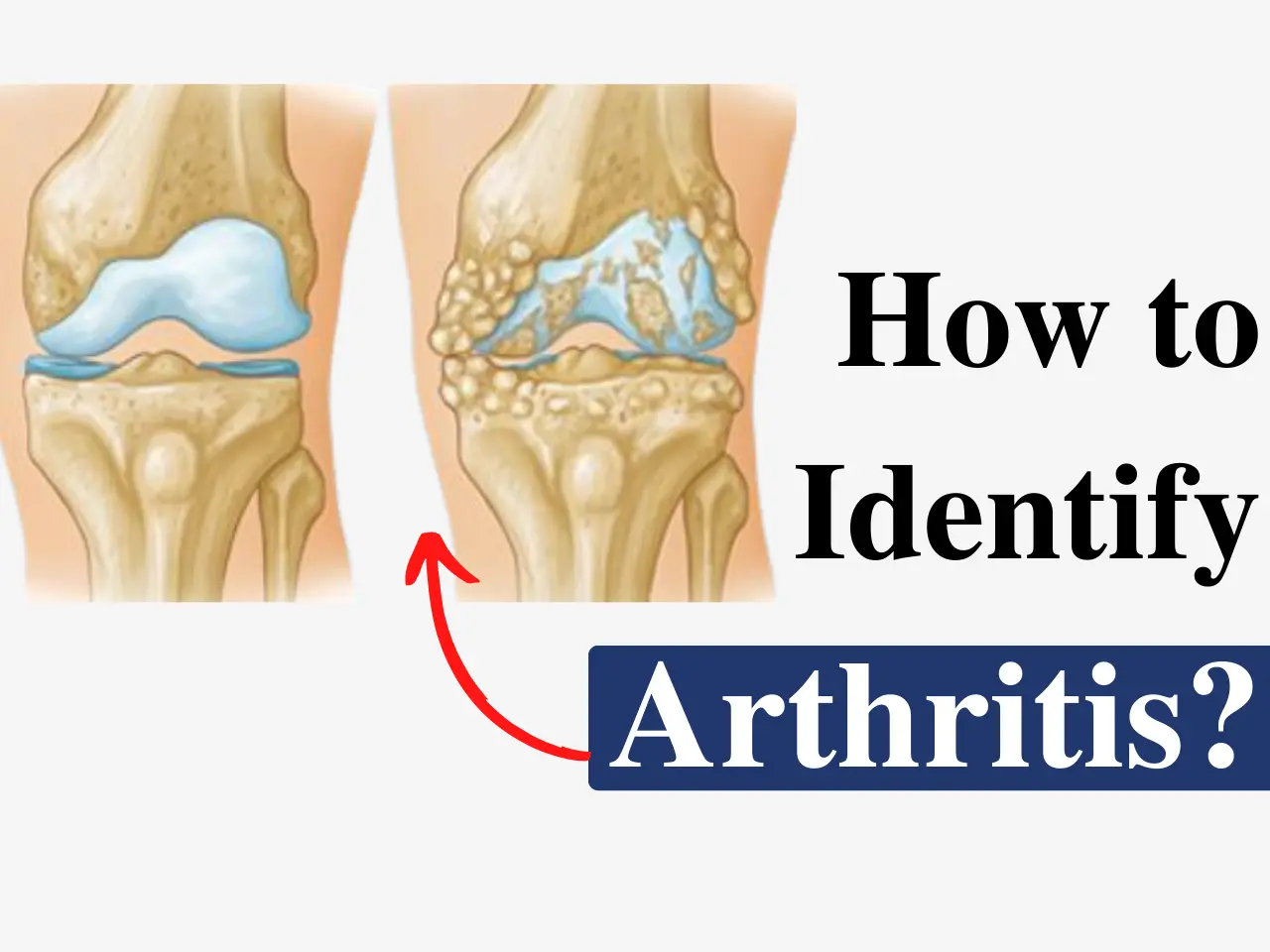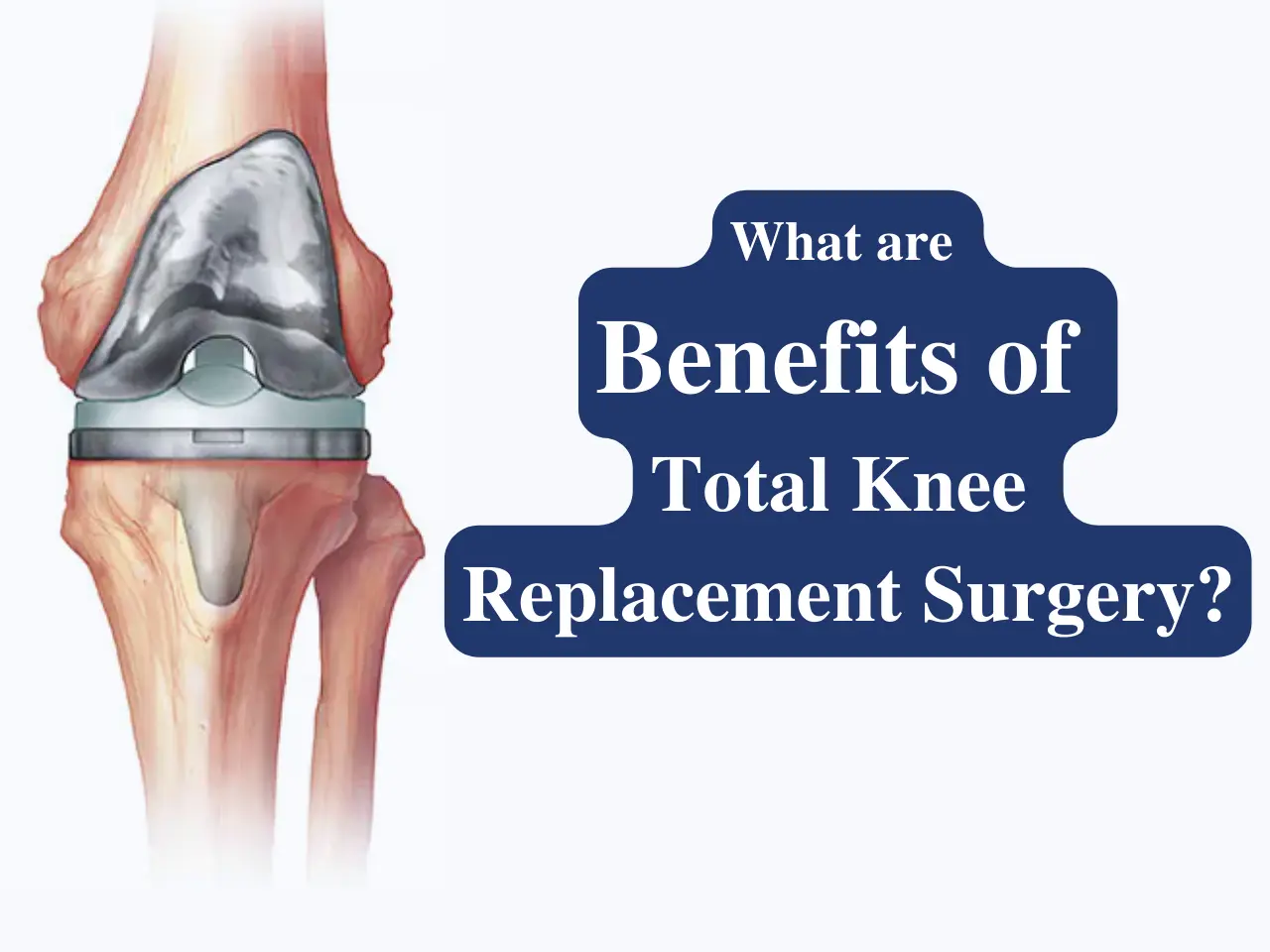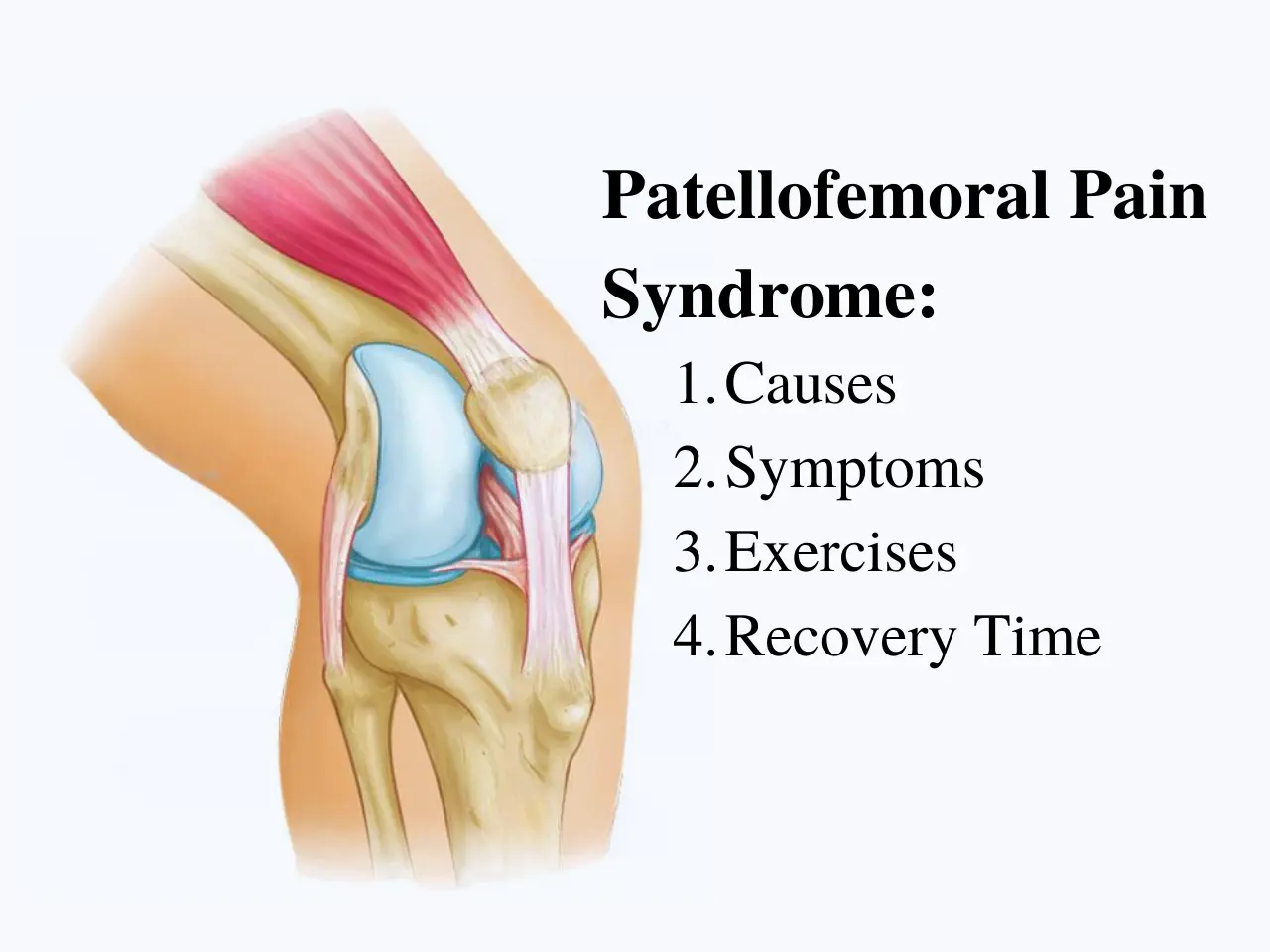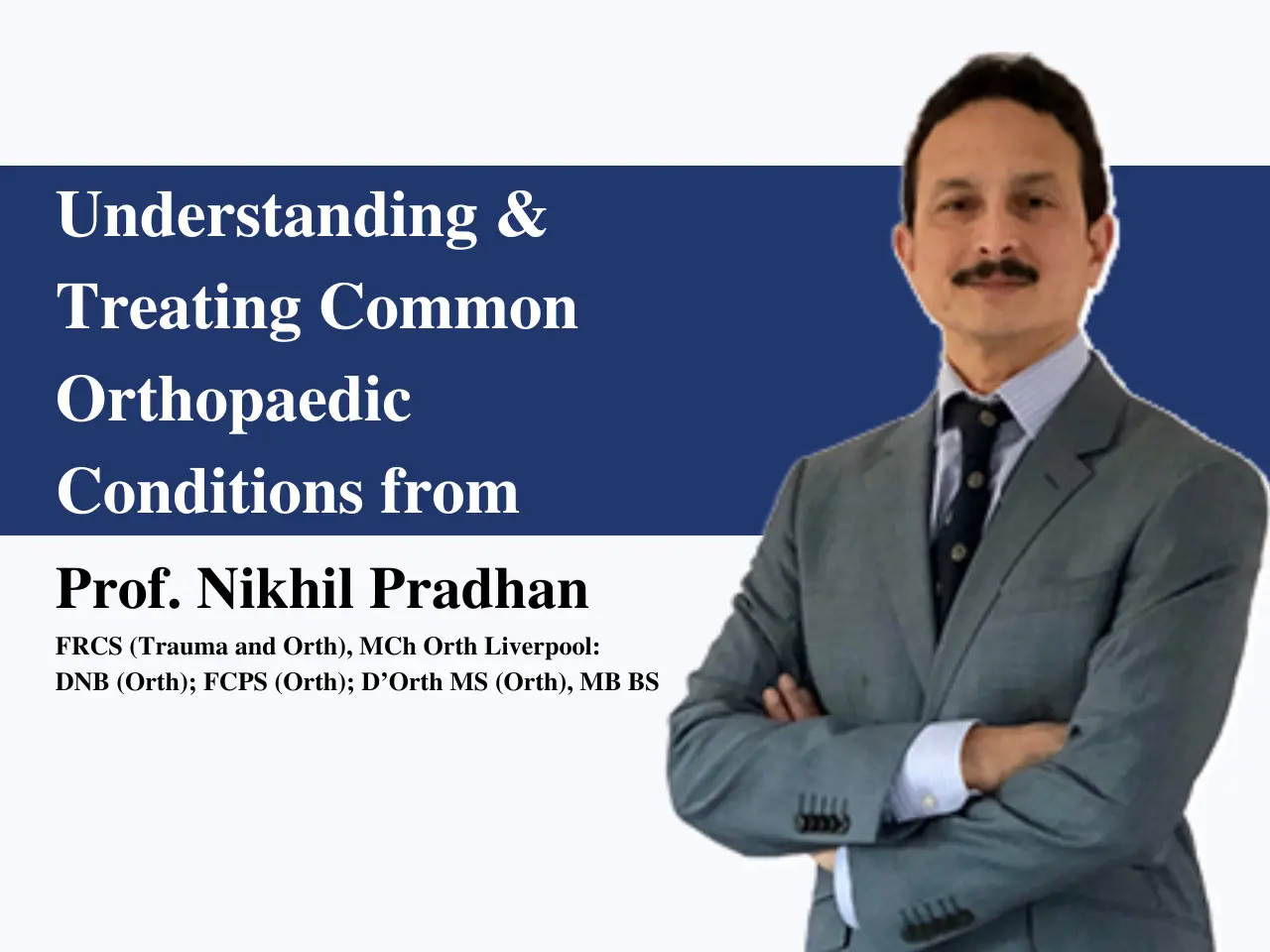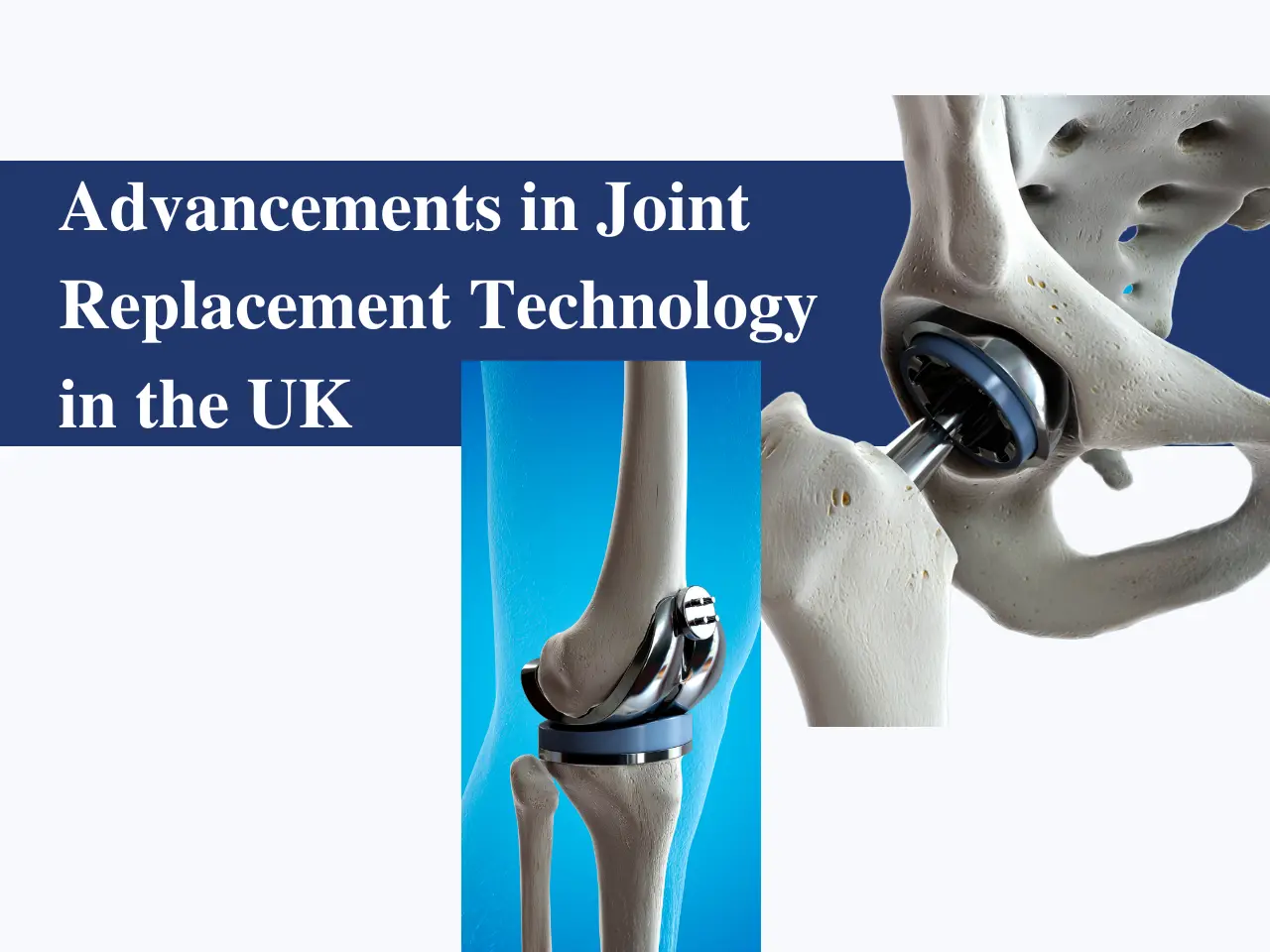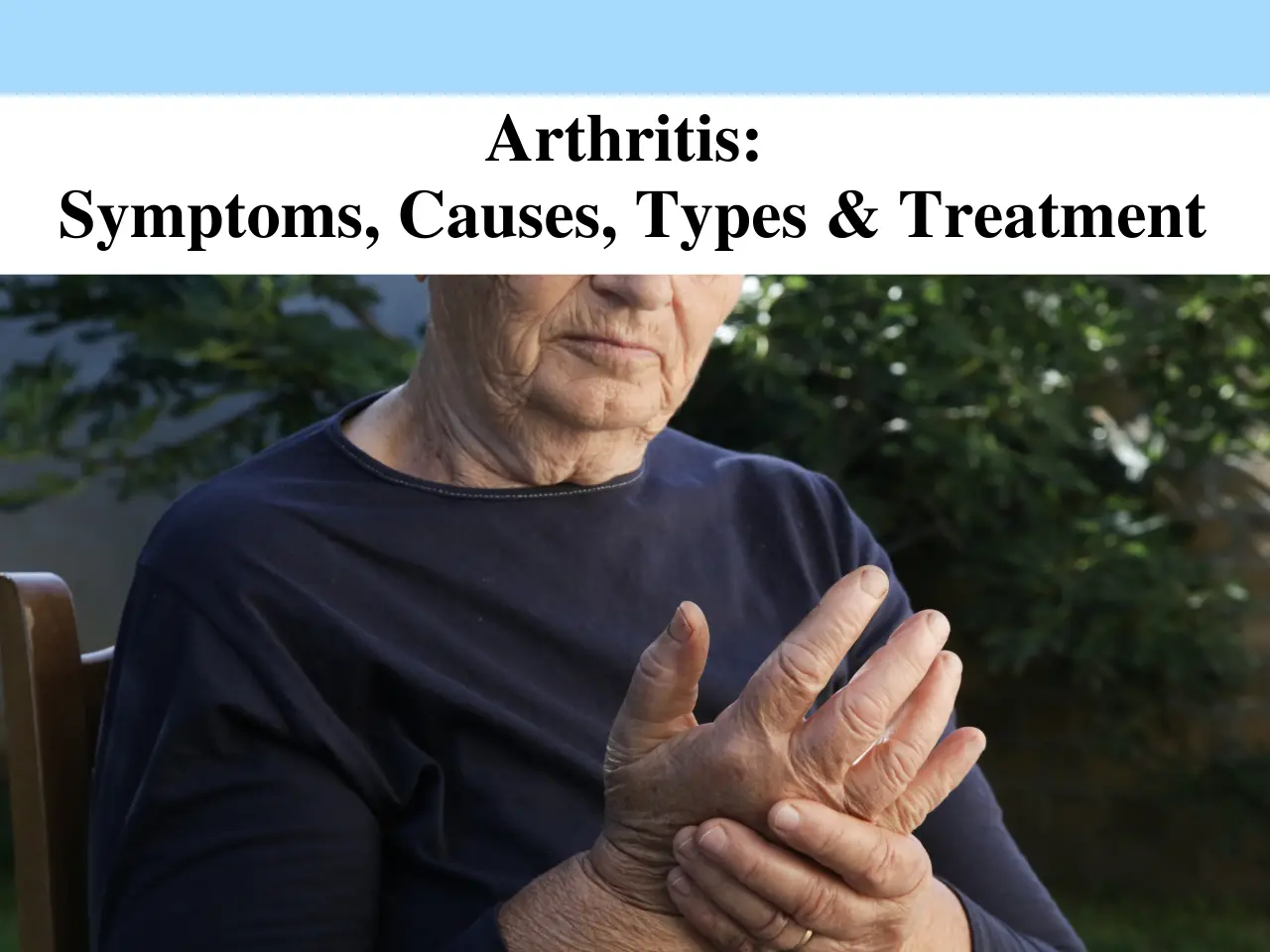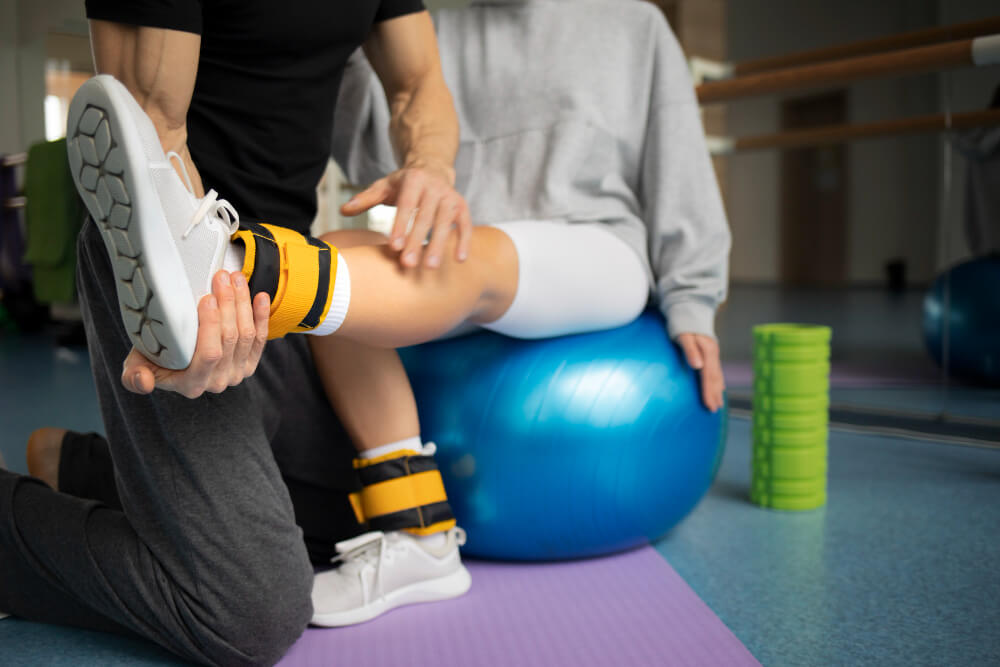Introduction:
In the world of sports, preventing injuries is crucial for athletes to maintain their performance and overall well-being.
By following proper injury prevention strategies, athletes can reduce the risk of sports-related injuries.
This article provides valuable tips on how to prevent sports injuries, highlights common types of sporting injuries, and emphasizes the importance of seeking sports injury treatment clinics in Cheshire for comprehensive care.
Common Types of Sporting Injuries
Sports injuries can vary in nature and severity. Understanding the types of injuries that athletes commonly face is essential for prevention and effective management.
A. Sprains and Strains:
Sprains occur when ligaments are stretched or torn, while strains involve the stretching or tearing of muscles or tendons.
Common areas affected by sprains and strains include the ankles, knees, and wrists.
To prevent such injuries, athletes should:
- Warm up properly before engaging in physical activity.
- Gradually increase the intensity and duration of training sessions.
- Use appropriate protective equipment, such as ankle braces or wrist guards.
B. Fractures and Dislocations:
Fractures refer to broken bones, while dislocations occur when bones are forced out of their normal positions. These injuries are often associated with high-impact sports.
Athletes can prevent fractures and dislocations by:
- Wearing protective gear, such as helmets or padding.
- Practicing proper technique and form.
- Avoiding overexertion and excessive force during activities.
C. Concussions and Head Injuries:
Concussions are a type of traumatic brain injury that can occur due to a blow to the head or a sudden jolt to the body. Protecting the head and preventing concussions is crucial.
Athletes should:
- Use appropriate headgear, such as helmets or headbands.
- Adhere to rules and regulations specific to their sport.
- Report any symptoms of a concussion promptly and seek medical attention.
How to Prevent Sports Injuries?
Preventing sports injuries requires a proactive approach and the implementation of various strategies to minimize risk.
A. Warm-Up and Cool-Down Routines:
Athletes should incorporate warm-up and cool-down routines into their training sessions. This includes dynamic stretches and mobility exercises to prepare the muscles and joints for physical activity and reduce the risk of injuries.
Cooling down with gentle stretches aids in recovery and prevents muscle tightness.
B. Strength and Conditioning Training:
Building muscular strength, endurance, balance, and stability is crucial for injury prevention. Athletes should include strength and conditioning exercises specific to their sport in their training regimen.
Additionally, incorporating flexibility and agility drills helps enhance overall performance and reduce the risk of injuries.
C. Proper Technique and Form:
Using proper technique and maintaining correct posture and body alignment significantly reduce the risk of injuries. Athletes should receive professional coaching and guidance to ensure they perform sports movements correctly.
Gradually progressing skill levels and avoiding abrupt increases in intensity can also prevent overuse injuries.
D. Appropriate Sports Gear and Equipment:
Wearing the right protective gear and using appropriate sports equipment is essential for injury prevention. Athletes should ensure that their gear fits properly and is in good condition.
Regular inspection and maintenance of equipment, such as checking for worn-out padding or loose connections, is crucial for safety.
E. Rest and Recovery:
Rest and recovery play a vital role in injury prevention. Athletes should include rest days in their training schedules to allow the body to recover and repair itself. Listening to the body’s signals, such as fatigue or pain, is essential to avoid overexertion.
Incorporating recovery strategies like stretching, foam rolling, and massages can help prevent muscle imbalances and enhance overall recovery.
Sports Injury Treatment Clinics in Cheshire
In the unfortunate event of a sports injury, seeking prompt and effective treatment is crucial for athletes to recover and regain their full potential. Cheshire offers specialized sports injury treatment clinics that provide comprehensive care.
Overview of Sports Injury Treatment:
Sports injury treatment clinics in Cheshire are dedicated centers equipped with experienced professionals who specialize in managing sports-related injuries. These clinics offer a range of services to address various injuries and provide personalized treatment plans.
B. Choosing the Right Clinic:
When selecting a sports injury treatment clinic in Cheshire, athletes should consider the following factors:
1-Researching clinics: Gather information about different clinics in the area, their expertise, and the services they provide.
2-Checking qualifications and experience: Ensure that the clinic has qualified sports injury specialists, physiotherapists, and other relevant professionals.
3-Reading patient reviews and testimonials: Evaluate the experiences of previous patients to gauge the clinic’s reputation and quality of care.
C. Services and Treatments Available:
Sports injury treatment clinics in Cheshire offer a wide range of services to address different types of injuries and promote recovery.
Some common treatments and services include:
1-Physiotherapy and rehabilitation programs: These programs focus on restoring strength, mobility, and function through targeted exercises, manual therapy, and other specialized techniques.
2-Sports massage and manual therapy: These therapies help alleviate muscle tension, improve circulation, and aid in the recovery process.
3-Sports-specific injury prevention techniques: Clinics may provide tailored programs and guidance to athletes to minimize the risk of future injuries.
Conclusion:
Preventing sports injuries is a top priority for athletes in the UK. By implementing proper warm-up and cool-down routines, incorporating strength and conditioning training, practicing proper technique and form, using appropriate sports gear, and prioritizing rest and recovery, athletes can reduce the risk of injuries.
In the unfortunate event of an injury, seeking prompt treatment from sports injury treatment clinics in Cheshire is crucial for effective rehabilitation and getting back in the game.
Remember, prioritizing injury prevention and seeking professional care when needed will contribute to a safe and successful athletic journey.



